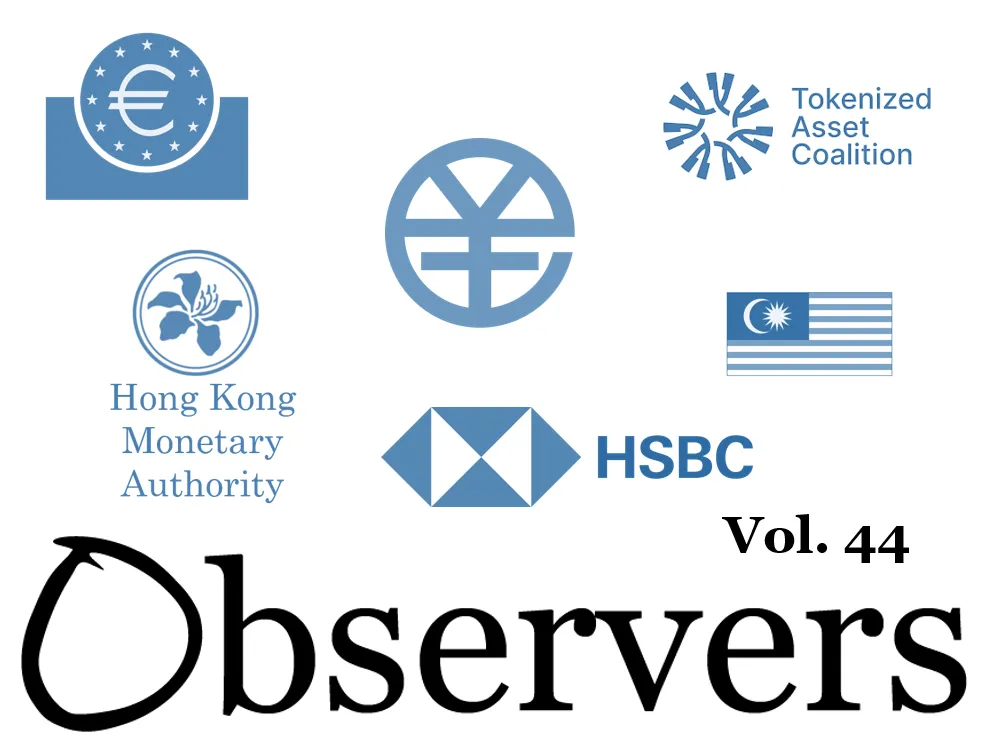Banking and CBDC Weekly Roundup: 30/09/2024
An ECB research paper on CBDC adoption strategies and cross border CBDC projects in Asia. Another digital note from HSBC as a new report on the state of tokenization reveals surging trading volumes and a spike in experimentation.

